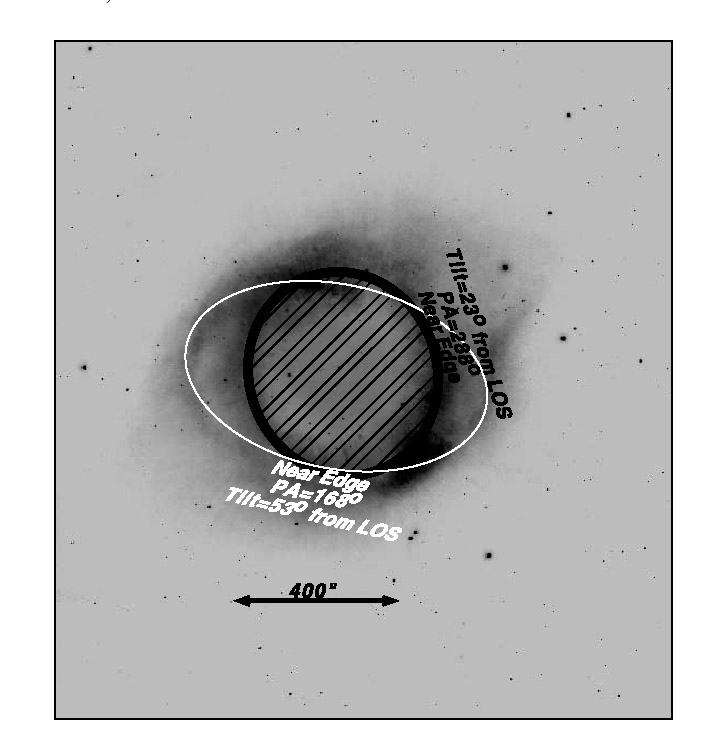
NGC 7293 represents the nearest planetary nebula to our sun. The remnants of a dying star, the Helix is actually a series of ring like structures which extend outward and represent gases released during different phases of the stars death. The main ring of the nebula which is visible in optical images is actually composed of inner and outer ellipsoidal shaped rings which are inclined almost perpendicular to each other. The innermost ring has a diameter of 1.7 light years and is the youngest component expelled some 6560 years ago. The inner ring is surrounded by a toroidal shaped outer ring with a diameter of 2.5 light years and is twice the age of the inner component at 12,100 years. Plumes arise from the outer ring in its northwest and southeast aspects. An extreme outer arc exists with a diameter of 5.7 light years and probably represents recently ionized gas released much earlier during the stars red giant phase. Double and rotationally symmetric structures are common in planetary nebulas but how they occur is a mystery. The different time scales of the inner and outer ring components suggest a rapid change of axis of the nebula in a short period of about 5500 years.
The inner ring of the nebula shows a series of radially arranged cometary knots that exist in a ring several trillion miles from the central hot star. Cometary knots are a phenomenon seen in other Planetary Nebula. The knots, each several billion miles across (several times the size of our solar system), have comet shaped tails each 100 billion miles long which point towards the central star. The cometary structures are thought to be the result of a collision of two expanding gas fronts having different temperatures and densities. The collision causes the gaseous mixture to become unstable (Rayleigh-Taylor instability) resulting in the fragmentation and condensation of the gas into large droplets which we see as the "comet heads".

